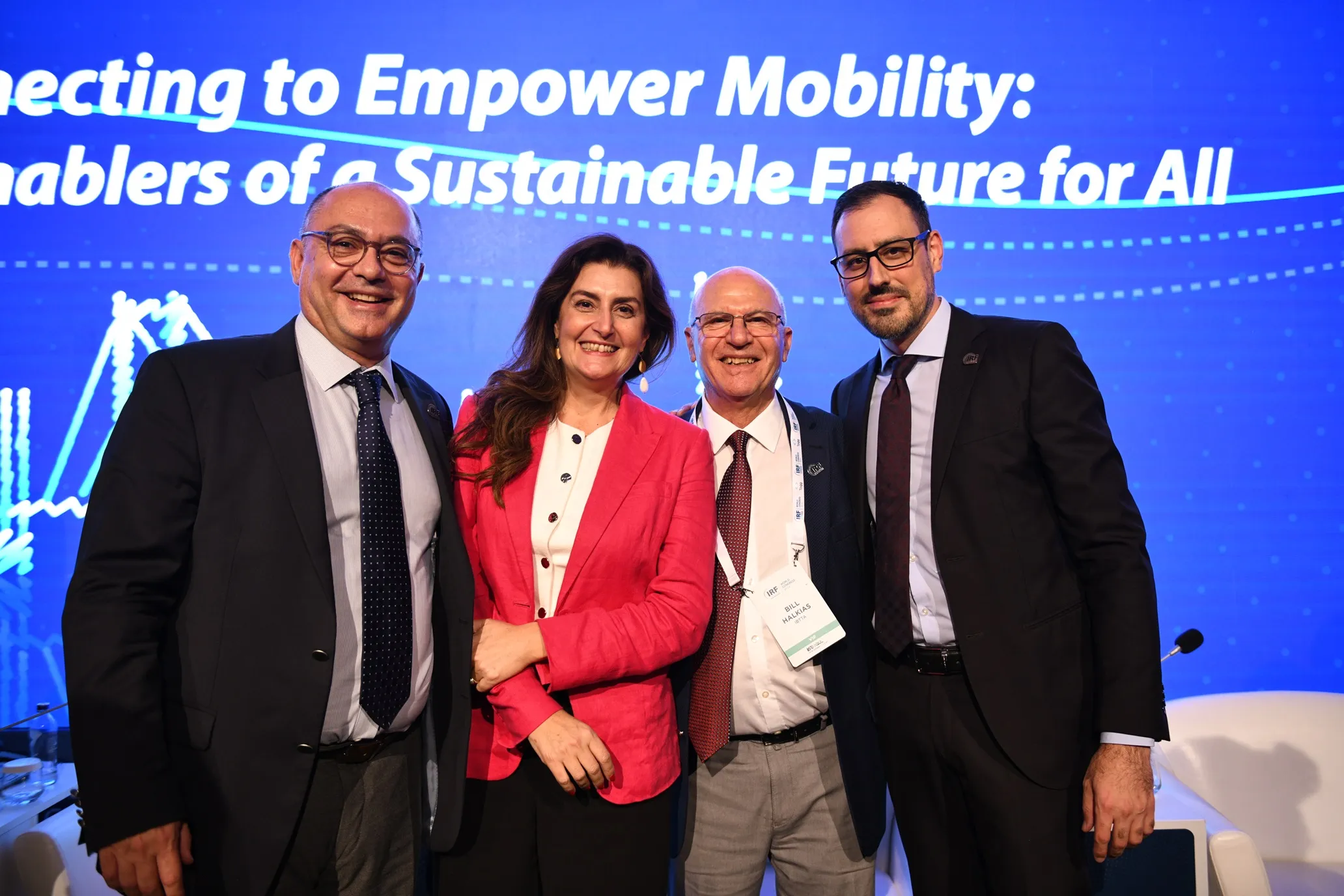Singapore’s Land Transport Authority (LTA) has appointed AECOM Singapore to conduct the advanced engineering study (AES) for the complete design of the high speed rail (HSR) infrastructure within Singapore. This includes providing architectural, civil, electrical, mechanical and other design services required for the Jurong East terminus, tunnels, and the bridge across the Straits of Johor.
The Kuala Lumpur-Singapore HSR is a strategic project between the Governments of Malaysia and Singapore that aims t
February 8, 2017
Read time: 1 min
Singapore’s Land Transport Authority (LTA) has appointed AECOM Singapore to conduct the advanced engineering study (AES) for the complete design of the high speed rail (HSR) infrastructure within Singapore. This includes providing architectural, civil, electrical, mechanical and other design services required for the Jurong East terminus, tunnels, and the bridge across the Straits of Johor.
The Kuala Lumpur-Singapore HSR is a strategic project between the Governments of Malaysia and Singapore that aims to deliver seamless travel between the two capital cities and enhance business. The 350-km line will have eight stations, including Singapore and Kuala Lumpur, cutting travel time between Singapore and Kuala Lumpur to 90 minutes.
The HSR is expected to be completed by 31 December 2026.
The Kuala Lumpur-Singapore HSR is a strategic project between the Governments of Malaysia and Singapore that aims to deliver seamless travel between the two capital cities and enhance business. The 350-km line will have eight stations, including Singapore and Kuala Lumpur, cutting travel time between Singapore and Kuala Lumpur to 90 minutes.
The HSR is expected to be completed by 31 December 2026.










